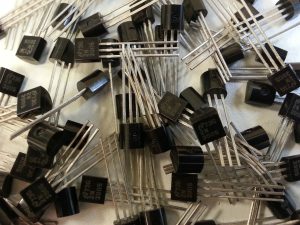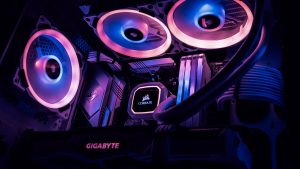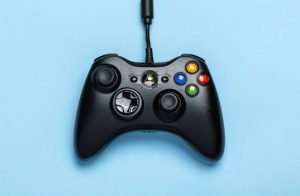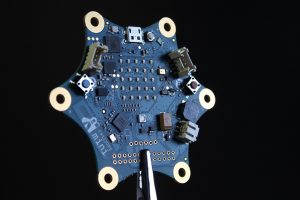Bio-Electronic Sensors: Living Detection
The advancement of technology has brought about significant developments in the field of biosensors. The integration of biology and electronics has led to the creation of bio-electronic sensors, which have revolutionized detection methods. These innovative sensors have the ability to detect and monitor living organisms at a cellular and molecular level, providing accurate and real-time data. This article will explore the concept of bio-electronic sensors and their role in living detection.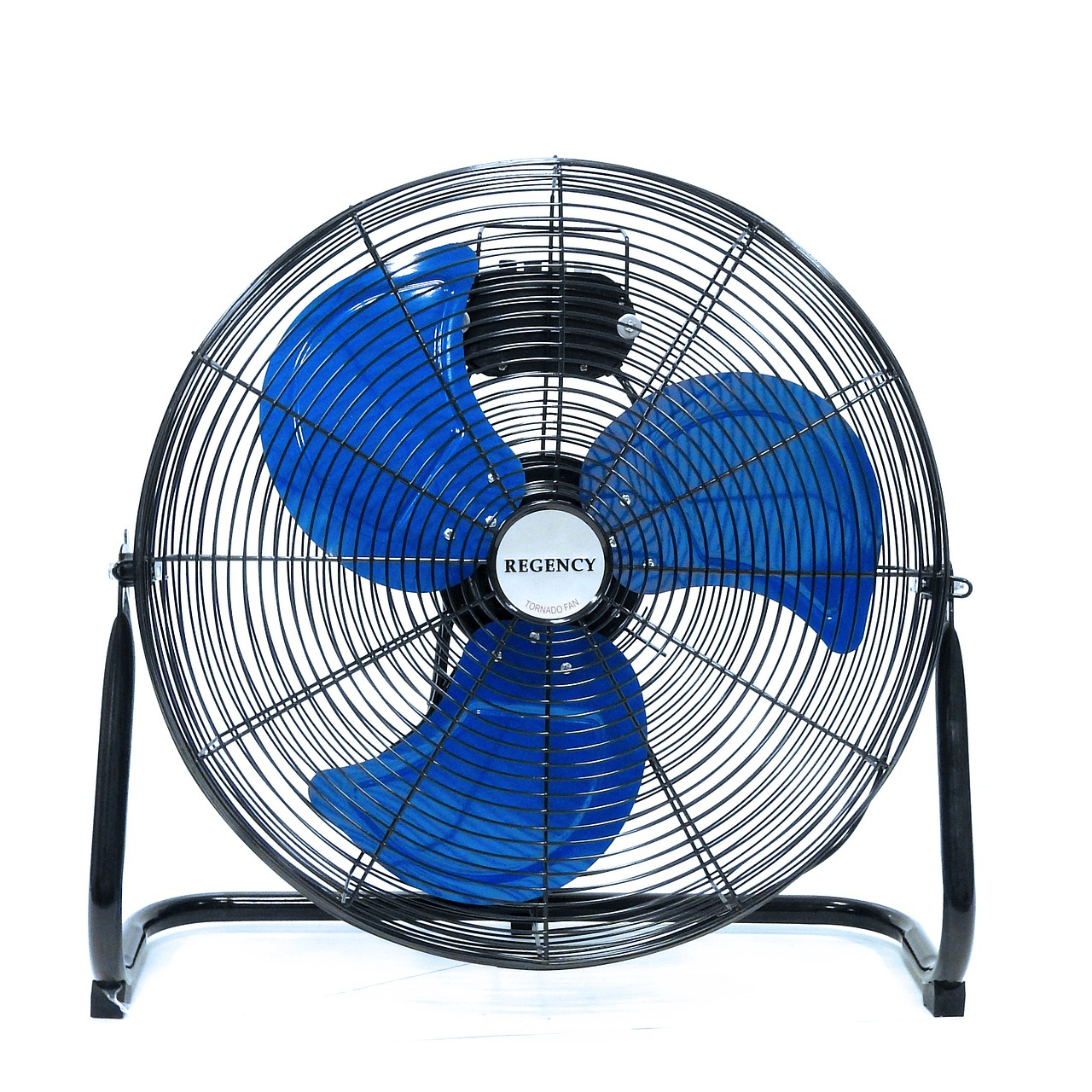
What are Bio-Electronic Sensors?
Bio-electronic sensors are devices that combine biological elements with electronic components to detect and analyze biological and biochemical substances. They rely on the interaction between a biological recognition element, such as enzymes or antibodies, and an electronic transduction element, such as a semiconductor or conductive polymer, to convert a biochemical signal into an electrical signal. This allows for the detection and measurement of biological reactions and processes in living organisms.
The Importance of Living Detection
Living detection is the process of identifying and tracking the presence and activity of living organisms in a given environment. This can range from detecting the presence of bacteria in water to monitoring the health of an individual. It plays a crucial role in various fields, including medical diagnostics, environmental monitoring, and food safety. Traditional detection methods, such as chemical assays and microscopy, can be time-consuming, labor-intensive, and require specialized equipment. On the other hand, bio-electronic sensors offer a more efficient and accurate solution for living detection.
The Benefits of Bio-Electronic Sensors in Living Detection
One of the major advantages of bio-electronic sensors is their high sensitivity and specificity. Their specificity is determined by the biological recognition element, which can specifically bind to a target molecule, while their sensitivity is determined by the electronic transduction element, which can convert even the smallest biochemical signal into an electrical signal. This allows for the detection of low concentrations of biological substances, making them ideal for living detection.
Moreover, bio-electronic sensors offer real-time monitoring and continuous measurement of living organisms. This is especially beneficial in medical diagnostics, where changes in the body can be detected and monitored in real-time. It also allows for the detection of dynamic processes, such as cellular reactions and movements, which cannot be captured by traditional methods.
Another advantage of bio-electronic sensors is their portability and miniaturization. These sensors can be designed and fabricated to be small in size, allowing for easy handling and application. This makes them highly suitable for on-site and in-field detection, where samples can be tested and analyzed on the spot.
Applications of Bio-Electronic Sensors in Living Detection
The use of bio-electronic sensors in living detection has broadened the scope of applications in various fields. In the medical field, these sensors are used for disease diagnosis, drug screening, and monitoring of physiological parameters. They are also used for environmental monitoring, such as detecting and measuring pollutants in water and air. In the food industry, bio-electronic sensors are used for rapid and accurate detection of foodborne pathogens, ensuring food safety.
The Future of Bio-Electronic Sensors
The advancements in nano and microfabrication technologies have led to the development of new types of bio-electronic sensors, such as nano-biosensors and lab-on-a-chip devices. These sensors offer even higher sensitivity, faster response times, and lower detection limits. They also have the potential for multiplexing, which allows for the detection and measurement of multiple target molecules simultaneously.
Furthermore, the integration of bio-electronic sensors with artificial intelligence and data analytics is another exciting prospect for the future. This would enable sensors to interpret and analyze data, leading to better and faster decision-making.
In Conclusion
In conclusion, bio-electronic sensors have opened up new possibilities for living detection. Their high sensitivity, specificity, and real-time monitoring capabilities make them a valuable tool in various fields. As technology continues to advance, we can expect further improvements and innovations in bio-electronic sensors, leading to better detection and monitoring of living organisms.


